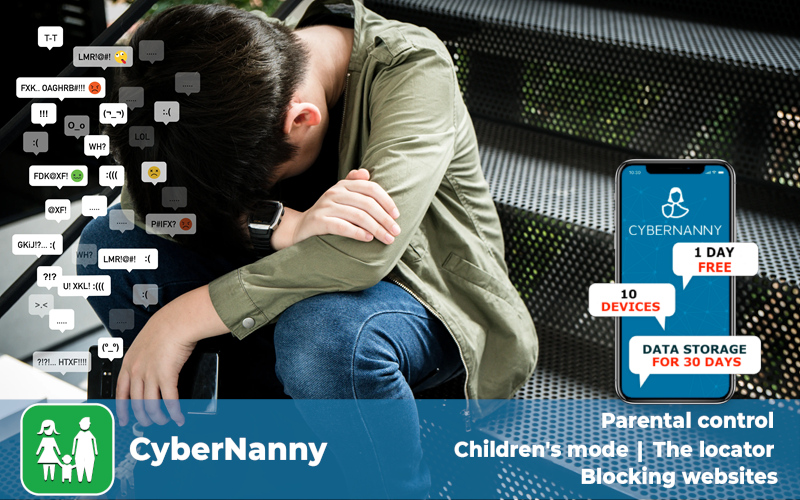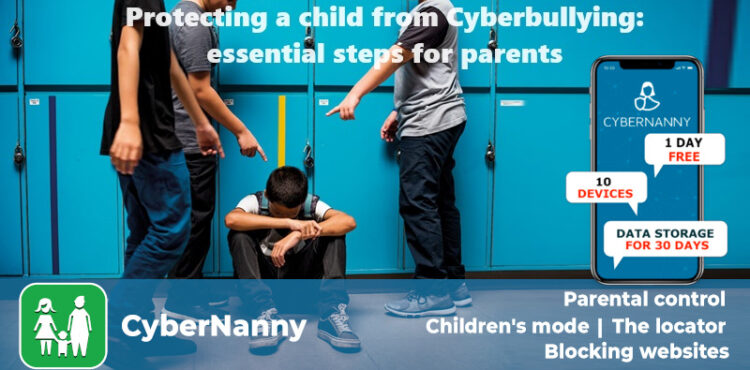Cyberbullying (or cyberattack) is a form of psychological violence that occurs online or through communication technologies. This can include sending threats, insults, rude comments, spreading false information, intentionally distorting photos or videos, stealing personal information, etc. Cyberbullying can have serious consequences for the victim, such as depression, anxiety, low self-esteem, social isolation, and even suicide.
What are the dangers for a child
Protecting a child from cyberbullying is one of the paramount responsibilities in the digital era. Here are several key steps that can help in achieving this:
- Open Dialogue
Establish a trusting relationship with your children. Encourage an open dialogue about what cyberbullying entails and motivate them to confide in you about any unpleasant online experiences.
- Teaching Online Safety
Familiarize your child with the basics of online safety. Explain the importance of not disclosing personal information, avoiding communication with strangers, and exercising caution when viewing or commenting on content.
- Regular Monitoring
Monitor your child’s social media accounts regularly. This will enable you to track changes in their online activity, identify suspicious situations, and respond promptly.
- Setting Rules
Collaborate with your children to establish clear rules for internet use. This may include limiting online time, specifying prohibited actions, and requiring them to report any incidents to you.
- Building Emotional Resilience
Help your child develop emotional resilience. Explain that online attacks may stem from jealousy, envy, or other factors, and it’s crucial to learn not to take them to heart.
- Utilizing Technological Safeguards
Make use of parental controls and monitoring applications to keep track of your child’s online activity. Many apps offer features to block messages from suspicious users.
- Engaging with the School
If cyberbullying occurs within the school context, reach out to teachers or school administrators. Schools are obligated to take measures to prevent and address cyberbullying incidents.
- Providing Parental Support
Emotional support is vital for children facing cyberbullying. Help them understand that they are not at fault, and support their efforts to stop the negative impact.
How to set parental control on a child’s mobile phone

Installation Process:
Step 1. Download CyberNanny from Google Play and install it on your Android phone.
Step 2. Install it on your child’s Android phone.
Step 3. Maintain control of social media activities on your child’s phone.
Important Notes:
– The first 24 hours are free.
– One cabinet can connect up to 10 devices.
– Data is stored in the cabinet for 30 days from the moment of receipt.
Cautionary Information:
Parents should inform their child before installing parental controls, making them aware that their correspondence and location may be monitored.
It is imperative to exercise caution and only download CyberNanny parental control from Google Play to avoid falling victim to scammers or counterfeit applications. The protection of children online necessitates a balance between ensuring safety and fostering trust through open communication about monitoring practices.
Protecting a child from cyberbullying requires joint efforts from parents, children, and educational institutions. Creating a safe digital environment is an ongoing task that demands constant attention and collaboration.
For any inquiries, please feel free to reach out to our consultants.

